Apoyo de las tecnologías de IA en el aprendizaje, la enseñanza, y la evaluación en los contextos de la educación
Resumen
El objetivo principal de la investigación es comprender cómo las tecnologías de inteligencia artificial apoyan estos ámbitos educativos y promover la discusión entre investigadores sobre los futuros desarrollos en la IA en educación. La metodología empleada sigue las directrices de la Declaración PRISMA, involucrando tres fases críticas: selección de artículos, inclusión y análisis. Se realizó una búsqueda exhaustiva utilizando operadores booleanos, lo que resultó en un conjunto seleccionado de artículos que luego fueron analizados para obtener información sobre las aplicaciones educativas de la IA. Los hallazgos revelaron que la IA mejora significativamente las experiencias de aprendizaje personalizado adaptando las tareas a las necesidades individuales mediante tecnologías avanzadas como la realidad aumentada y los sistemas de gestión inteligente. En la enseñanza, los sistemas de tutoría impulsados por IA ayudan a refinar las estrategias de enseñanza y la entrega de contenido basada en datos en tiempo real. Además, las aplicaciones de IA en la evaluación han demostrado ser eficaces en la automatización de la calificación y la predicción del rendimiento estudiantil, especialmente en entornos de aprendizaje en línea.
Descargas
Citas
Akmese, O. F., Kor, H., & Erbay, H. (2021). Use of machine learning techniques for the forecast of student achievement in higher education. Information Technologies and Learning Tools, 82(2), 297–311. https://doi.org/10.33407/itlt.v82i2.4178
Aldeman, N. L. S., Aita, K., Machado, V. P., da Mata Sousa, L. C. D., Coelho, A. G. B., da Silva, A. S., Mendes, A. P. D., Neres, F. J. D., & do Monte, S. J. H. (2021). Smartpath (k): A platform for teaching glomerulopathies using machine learning. BMC Medical Education, 21(1).
https://doi.org/10.1186/s12909-021-02680-1
Arrobo, J., Suing, A., & Carrión, N. (2017). Empleo de las redes sociales en la formación de comunicadores sociales en Ecuador. InterFaces científicas, 5(3), 9-17.
Arrobo, J., Suing, A., & Carrión, M. N. (2018). Redes sociales y su interacción entre docentes y estudiantes: Caso Ecuador. In Las TIC como plataforma de teleformación e innovación educativa en las aulas (pp. 251-264). Egregius.
Bellod, H. C., RamA ̃3n, V. B., FernA ̃¡ndez, E. C., & LujA ̃¡n, J. F. G. (2021). Analysis of stress and academic-sports commitment through self-organizing artificial neural networks. Challenges, 42, 136–144. https://doi.org/10.47197/RETOS.V42I0.86983
Bonneton-Botte, N., Fleury, S., Girard, N., Le Magadou, M., Cherbonnier, A., Renault, M., Anquetil, E., & Jamet, E. (2020). Can tablet apps support the learning of handwriting? An investigation of learning outcomes in kindergarten classroom. Computers & Education, 151. https://doi.org/10.1016/j.compedu.2020.103831
Boninger, F., Molnar, A., & Saldan ̃a, C. (2020). Big claims, little evidence, lots of money: The reality behind the Summit Learning Program and the push to adopt digital personalized learning platforms. Boulder, CO: National Education Policy Center.
Carrión Bósquez, N.G. y Arias-Bolzmann, L.G. (2022). Factors influencing green purchasing inconsistency of Ecuadorian millennials. British Food Journal, 124(8), 2461-2480. https://doi.org/10.1108/BFJ-05-2021-0558
Carrión Bósquez, N.G., Arias-Bolzmann, L.G. y Martínez Quiroz, A.K. (2023). The influence of price and availability on university millennials’ organic food product purchase intention. British Food Journal, 125(2), 536-550. https://doi.org/10.1108/BFJ-12-2021-1340
Chew, E., & Chua, X. N. (2020). Robotic Chinese language tutor: Personalising progress assessment and feedback or taking over your job? On the Horizon, 28(3), 113–124. https://doi.org/10.1108/OTH-04-2020-0015
Chiu, T. K. F. (2021). A holistic approach to Artificial Intelligence (AI) curriculum for K- 12 schools. TechTrends, 65, 796–807. https://doi.org/10.1007/s11528-021-00637-1
Chiu, T. K. F., Meng, H., Chai, C. S., King, I., Wong, S., & Yeung, Y. (2022). Creation and evaluation of a pre-tertiary Artificial Intelligence (AI) curriculum. IEEE Transactions on Education, 65(1), 30–39. https://doi.org/10.1109/TE.2021.3085878
Costa-Mendes, R., Oliveira, T., Castelli, M., & Cruz-Jesus, F. (2021). A machine learning approximation of the 2015 Portuguese high school student grades: A hybrid approach. Education and Information Technologies, 26(2), 1527–1547. https://doi. org/10.1007/s10639-020-10316-y
Crowe, D., LaPierre, M., & Kebritchi, M. (2017). Knowledge based artificial augmentation intelligence technology: Next step in academic instructional tools for distance learning. TechTrends: Linking Research and Practice to Improve Learning, 61 (5), 494–506. https://doi.org/10.1007/s11528-017-0210-4
Diario el Comercio (2023). La inteligencia artificial desafía a la educación en Ecuador. Recupeado de: https://www.elcomercio.com/tendencias/sociedad/ecuador-inteligencia-artificial-educacion-tecnologia.html
Gunawan, K. D. H., Liliasari, L., Kaniawati, I., & Setiawan, W. (2021). Implementation of competency enhancement program for science teachers assisted by artificial intelligence in designing HOTS-based integrated science learning. Jurnal Penelitian dan Pembelajaran IPA, 7(1), 55–65. https://doi.org/10.30870/jppi.v7i1.8655
Gupta, K. P., & Bhaskar, P. (2020). Inhibiting and motivating factors influencing teachers’ adoption of AI-based teaching and learning solutions: Prioritization using analytic hierarchy process. Journal of Information Technology Education: Research, 19, 693–723. https://doi.org/10.28945/4640
Hirankerd, K., & Kittisunthonphisarn, N. (2020). E-learning management system based on reality technology with AI. International Journal of Information and Education Technology, 10(4), 259–264. https://doi.org/10.18178/ijiet.2020.10.4.1373
Holmes, W., Hui, Z., Miao, F., & Ronghuai, H. (2021). AI and education: A guidance for policymakers. UNESCO Publishing.
Holstein, K., McLaren, B. M., & Aleven, V. (2019). Co-designing a real-time classroom orchestration tool to support teacher-AI complementarity. Journal of Learning Analytics, 6(2), 27–52. https://doi.org/10.18608/jla.2019.62.3
Hu, J. J. (2021). Teaching evaluation system by use of machine learning and artificial intelligence Methods. International Journal of Emerging Technologoes in Learning, 16 (5), 87–101. https://doi.org/10.3991/ijet.v16i05.20299
Huang, S. P. (2018). Effects of using artificial intelligence teaching system for environmental education on environmental knowledge and attitude. Eurasia Journal of Mathematics, Science and Technology Education, 14(7), 3277–3284. https://doi.org/10.29333/ejmste/91248
Hussin, A. A. (2018). Education 4.0 made simple: Ideas for teaching. International Journal of Education and Literacy Studies, 6(3), 92–98. https://doi.org/10.7575/aiac.ijels.v.6n.3p.92
Jaiswal, A., & Arun, C. J. (2021). Potential of artificial intelligence for transformation of the education system in India. International Journal of Education and Development Using Information and Communication Technology, 17(1), 142–158.
https://search.ebscohost.com/login.aspx?direct=true&db=eric&AN=EJ1285526&site=ehost-live&s
Kickmeier-Rust, M. D., & Holzinger, A. (2019). Interactive ant colony optimization to support adaptation in serious games. International Journal of Serious Games, 6(3), 37–50.
https://doi.org/10.17083/ijsg.v6i3.308
Kim, H. S., Kim, N. Y., & Cha, Y. (2021). Is it beneficial to use AI chatbots to improve learners’ speaking performance? Journal of ASIA TEFL, 18(1), 161–178.
https://doi.org/10.18823/asiatefl.2021.18.1.10.161
Kong, J. S. M., Teo, B. S., Lee, Y. J., Pabba, A. B., Lee, E. J. D., & Sng, J. C. G. (2021). Virtual integrated patient: An AI supplementary tool for second-year medical students. Asia Pacific Scholar, 6(3), 87–90. https://doi.org/10.29060/TAPS.2021-6- 3/SC2394
Kumar, V., & Boulanger, D. (2020). Explainable automated essay scoring: Deep learning really has pedagogical value. Frontiers in Education, 5. https://doi.org/10.3389/feduc.2020.572367
Lampos, V., Mintz, J., & Qu, X. (2021). An artificial intelligence approach for selecting effective teacher communication strategies in autism education. NPJ Science of Learning, 6(1). https://doi.org/10.1038/s41539-021-00102-x
Li, M., & Su, Y. (2020). Evaluation of online teaching quality of basic education based on artificial intelligence. International Journal of Emerging Technologoes in Learning, 15 (16), 147–161. https://doi.org/10.3991/ijet.v15i16.15937
Luo, D. L. (2018). Guide teaching system based on artificial intelligence. International Journal of Emerging Technologoes in Learning, 13(8), 90–102. https://doi.org/10.3991/ijet.v13i08.9058
McCarthy, T., Rosenblum, L. P., Johnson, B. G., Dittel, J., & Kearns, D. M. (2016). An artificial intelligence tutor: A supplementary tool for teaching and practicing braille. Journal of Visual Impairment & Blindness, 110(5), 309–322.
https://search.ebscohost.com/login.aspx?direct=true&db=eric&AN=EJ1114767&site=ehostlive&scope=site
Munawar, S., Toor, S. K., Aslam, M., & Hamid, M. (2018). Move to smart learning environment: Exploratory research of challenges in computer laboratory and design intelligent virtual laboratory for eLearning technology. Eurasia Journal of Mathematics, Science and Technology Education, 14(5), 1645–1662. https://doi.org/10.29333/ejmste/85036
Nabiyev, V., Karal, H., Arslan, S., Erumit, A. K., & Cebi, A. (2013). An artificial intelligence-based distance education system: Artimat. The Turkish Online Journal of Distance Education, 14(2), 81–98. https://eric.ed.gov/?id=EJ1013738
Palasundram, K., Mohd Sharef, N., Nasharuddin, N. A., Kasmiran, K. A., & Azman, A. (2019). Sequence to sequence model performance for education chatbot. International Journal of Emerging Technologies in Learning (iJET), 14(24), 56–68. https://doi.org/10.3991/ijet.v14i24.12187
Pedro, F., Subosa, M., Rivas, A., & Valverde, P. (2019). Artificial intelligence in education: Challenges and opportunities for sustainable development. Paris: UNESCO.
Porter, B., & Grippa, F. (2020). A platform for AI-enabled real-time feedback to promote digital collaboration. Sustainability (Switzerland), 12(24), 1–13. https://doi.org/10.3390/su122410243
Samarakou, M., Fylladitakis, E. D., Fruh, W. G., Hatziapostolou, A., & Gelegenis, J. J. (2015). An advanced elearning environment developed for engineering learners. International Journal of Emerging Technologies in Learning, 10(3), 22–33. https://doi.org/10.3991/ijet.v10i3.4484
Standen, P. J., Brown, D. J., Taheri, M., Trigo, M. J. G., Boulton, H., Burton, A., Hallewell, M. J., Lathe, J. G., Shopland, N., Gonzalez, M. A. B., Kwiatkowska, G. M., Milli, E., Cobello, S., Mazzucato, A., Traversi, M., & Hortal, E. (2020). An evaluation of an adaptive learning system based on multimodal affect recognition for learners with intellectual disabilities. British Journal of Educational Technology, 51(5), 1748–1765. https://doi.org/10.1111/bjet.13010
Suing, A., Arrobo-Agila, J. P., & Carrión, N. (2022). Uso de medios sociales en los estudios de licenciatura en comunicación en Ecuador: Uso das mídias sociais nos estudos de graduação em comunicação no Equador. Brazilian Journal of Development, 8(11), 73952-73963.
https://doi.org/10.34117/bjdv8n11-210
Suing, A., Arrobo, J. P., & Carrión, N. (2016). Uso de medios sociales en los estudios de licenciatura en comunicación en ecuador. Simpósio Internacional de Educação e Comunicação-SIMEDUC, (7).
Rodríguez Zambrano, H. M., & Moreno Tamayo, C. H. (2024). Seguridad de la información y ciberseguridad: su importancia para los Estados, empresas y las personas, una revisión sistemática. Estudios Y Perspectivas Revista Científica Y Académica , 4(1), 159–178. https://doi.org/10.61384/r.c.a.v4i1.90
Sanguino-García, V., Casadiego-Alzate, R., Díaz Mesa, V., Velásquez Calle, P. A., & Palacio Miranda , D. A. (2024). Motivaciones Y Comportamiento Altruista–Egoísta Del Consumidor De Mercados Campesinos Del Área Metropolitana Del Valle De Aburra, Antioquia – Colombia. Revista Científica De Salud Y Desarrollo Humano, 5(1), 430–459. https://doi.org/10.61368/r.s.d.h.v5i1.111
Rodríguez Zambrano, H. M., & Moreno Tamayo, C. H. (2024). Seguridad de la información y ciberseguridad: su importancia para los Estados, empresas y las personas, una revisión sistemática. Estudios Y Perspectivas Revista Científica Y Académica , 4(1), 159–178. https://doi.org/10.61384/r.c.a.v4i1.91
Da Silva Santos , F., & López Vargas , R. (2020). Efecto del Estrés en la Función Inmune en Pacientes con Enfermedades Autoinmunes: una Revisión de Estudios Latinoamericanos. Revista Científica De Salud Y Desarrollo Humano, 1(1), 46–59. https://doi.org/10.61368/r.s.d.h.v1i1.9
Vahabzadeh, A., Keshav, N. U., Abdus-Sabur, R., Huey, K., Liu, R., & Sahin, N. T. (2018). Improved socio-emotional and behavioral functioning in students with autism following school-based smartglasses intervention: Multi-stage feasibility and controlled efficacy study. Behavioral Sciences, 8(10). https://doi.org/10.3390/bs8100085
Vazquez-Cano, E., Mengual-Andres, S., & Lopez-Meneses, E. (2021). Chatbot to improve learning punctuation in Spanish and to enhance open and flexible learning environments. International Journal of Educational Technology in Higher Education, 18 (1). https://doi.org/10.1186/s41239-021-00269-8
Wang, Y. P., & Zheng, G. (2020). Application of artificial intelligence in college dance teaching and its performance analysis. International Journal of Emerging Technologies in Learning, 15(16), 178–190. https://doi.org/10.3991/ijet.v15i16.15939
Weragama, D., & Reye, J. (2014). Analysing student programs in the PHP intelligent tutoring system. International Journal of Artificial Intelligence in Education, 24(2), 162–188.
https://doi.org/10.1007/s40593-014-0014-z
Westera, W., Prada, R., Mascarenhas, S., Santos, P. A., Dias, J., Guimaraes, M., Georgiadis, K., Nyamsuren, E., Bahreini, K., Yumak, Z., Christyowidiasmoro, C., Dascalu, M., Gutu-Robu, G., & Ruseti, S. (2020). Artificial intelligence moving serious gaming: Presenting reusable game AI components. Education and Information Technologies, 25(1), 351–380.
https://doi.org/10.1007/s10639-019-09968-2
Williamson, B., & Eynon, R. (2020). Historical threads, missing links, and future directions in AI in education. Learning, Media and Technology, 45(3), 223–235.
https://doi.org/10.1080/17439884.2020.1798995
Xia, Q., Chiu, T. K. F, Lee, M., Temitayo I., Dai, Y., & Chai, C.S. (2022). A Self- determination theory design approach for inclusive and diverse Artificial Intelligence (AI) K-12 education, Computers & Education, 189, 104582. https://doi.org/10.1016/j.compedu.2022.104582
Yang, Y. Y., & Shulruf, B. (2019). Expert-led and artificial intelligence (AI) system- assisted tutoring course increase confidence of Chinese medical interns on suturing and ligature skills: Prospective pilot study. Journal of Educational Evaluation for Health Professions, 16.
Derechos de autor 2024 Frella Lorena Carguacundo Ávila, Katty Neira García Vélez, Bolívar Ramón Chávez Guerrero, Lidia Gloria Barrera Agurto , Aida Marlene Suin Guaraca , Lourdes Janeth Libicota González

Esta obra está bajo licencia internacional Creative Commons Reconocimiento 4.0.

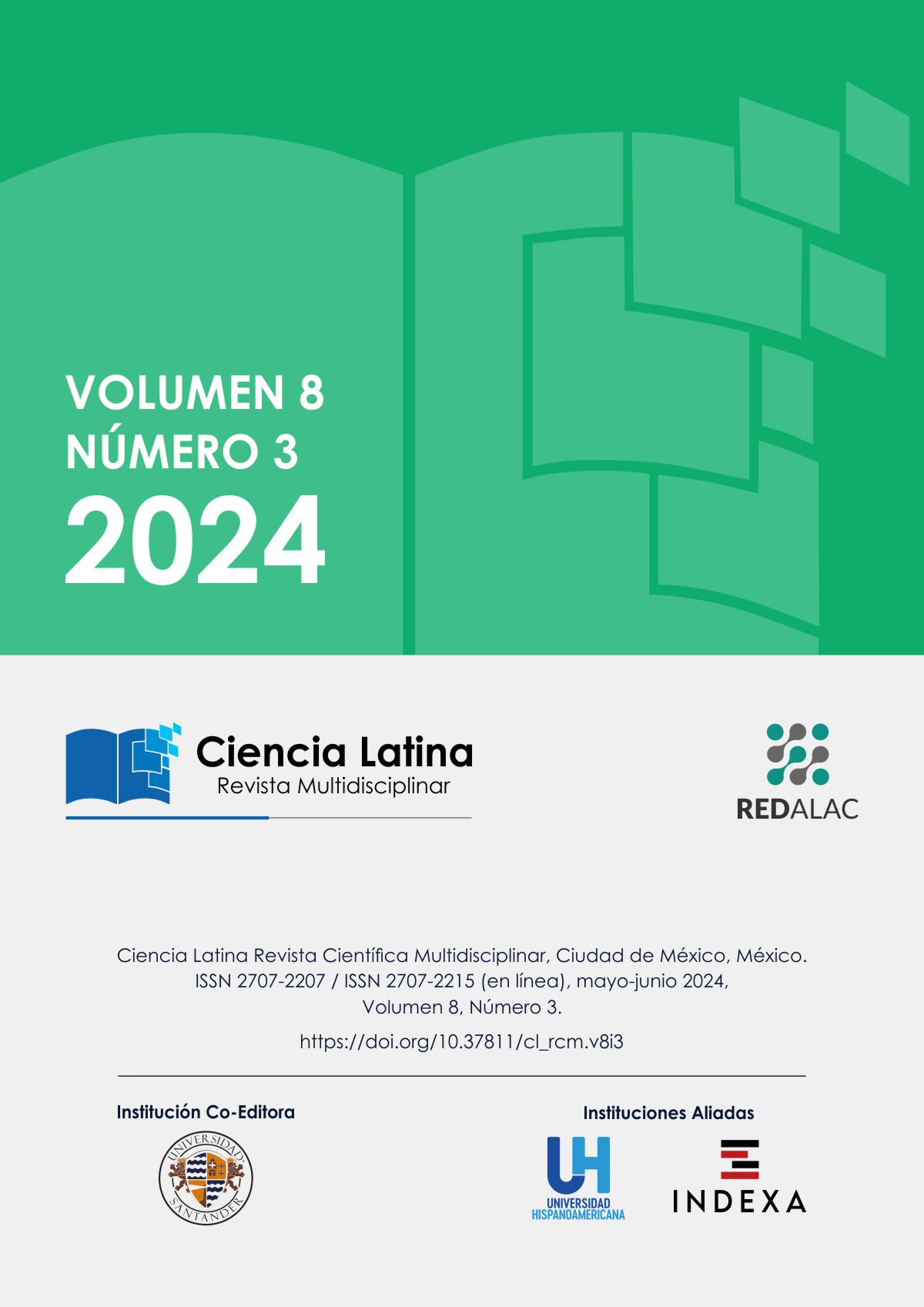








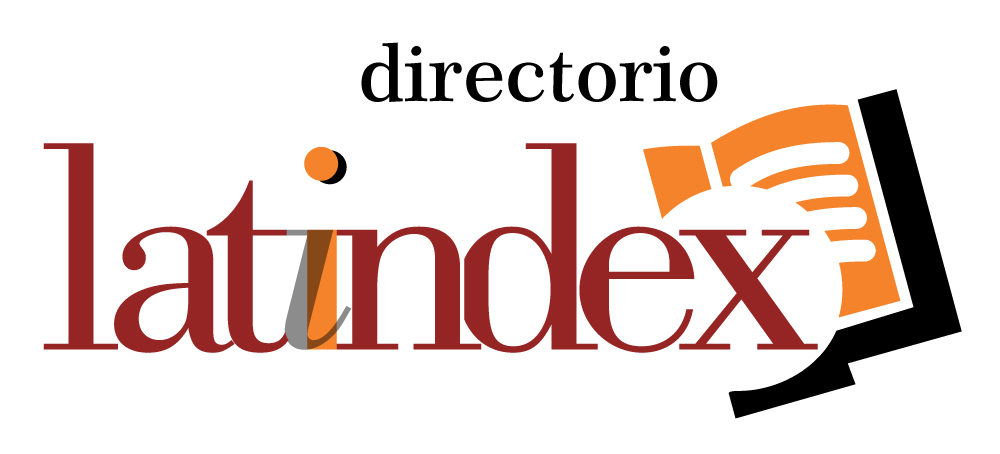
.png)
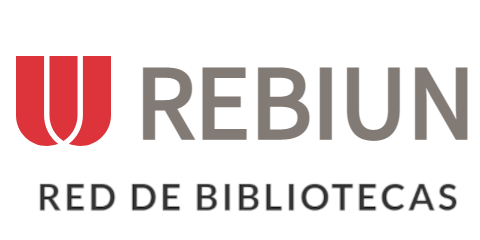







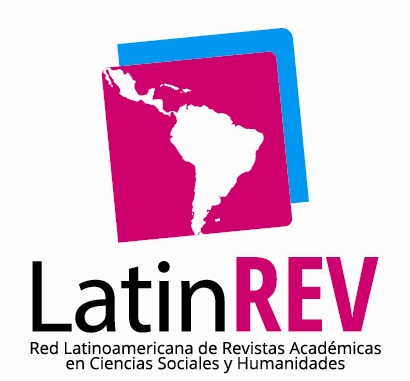

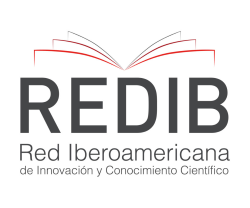









.png)
1.png)


